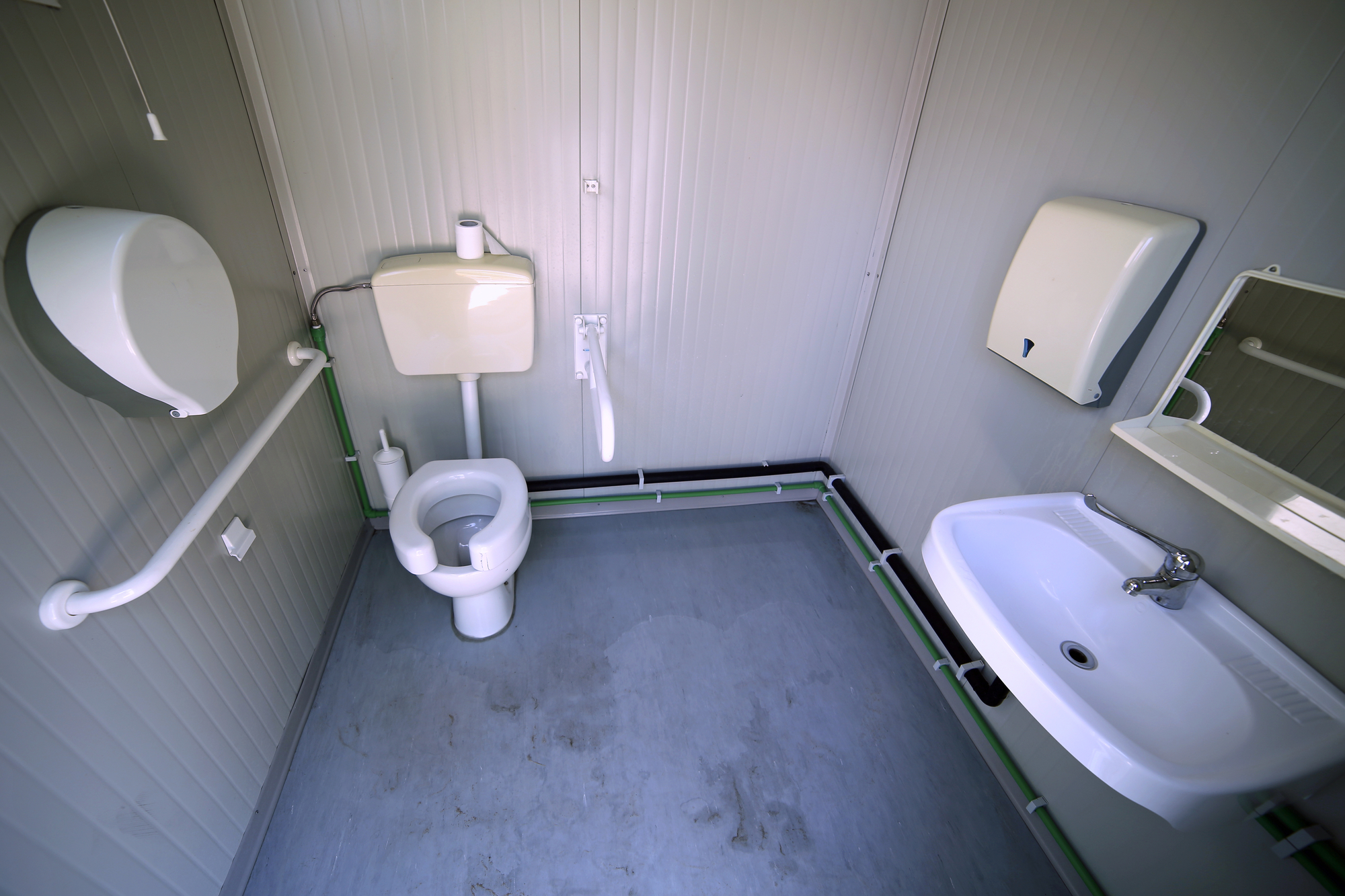People don’t think to clean a spot in their kitchen that gets ‘fuzzy’
November 11, 2023

As a homeowner, it’s normal to overlook certain parts of your house that don’t seem to need any cleaning or maintenance. One of these parts is the kitchen or bathroom sink. Many people are not aware that a dirty sink can be home to millions of bacteria that can cause serious health problems when left unchecked.
However, even if you regularly wash your sink with soap and water, there is still one specific spot that you may have overlooked. That spot is the sink overflow, and it’s the area around the rim of the sink that connects to the drain.
The sink overflow is a perfect breeding ground for mold and mildew. When water overflows from the sink, it can get trapped in the overflow area, creating a damp environment where mold and bacteria can flourish. Over time, this can cause the overflow to become covered in a fuzzy layer of mold, which can become unsightly and even cause health issues.

To prevent this from happening, it’s important to clean your sink overflow regularly. Here are some simple steps that you can follow to get your sink overflow clean and free from fungi.
1. Remove any debris: When you begin cleaning your sink overflow, you need to remove any debris that may be caught inside. If you notice any food particles or hair, remove them with a pair of tweezers or a small brush.
2. Use a cleaning solution: Next, you need to use a cleaning solution to disinfect and clean the overflow. You can make your own cleaning solution by mixing equal parts water and vinegar. Alternatively, you can use a commercial cleaning solution that’s specifically designed for cleaning sinks and drains.
3. Soak a cloth or brush with your chosen cleaning solution: Use a small brush or cloth to apply your cleaning solution to the overflow. Make sure that you cover the entire area and let the solution sit for at least ten minutes. This will give the solution time to kill any bacteria or mold that may be growing in the overflow.

4. Rinse the overflow: After the cleaning solution has had a chance to work its magic, you need to rinse the overflow thoroughly with water. This will help to wash away any remaining dirt or mold that may be present.
5. Dry the overflow: Finally, you need to dry the overflow completely using a clean towel or cloth. This will help to prevent any future growth of mold or bacteria.
Cleaning your sink overflow may seem like a small task, but it plays a crucial role in maintaining good hygiene in your kitchen or bathroom. By following these simple steps, you can keep your sink overflow clean and free from fungi, ensuring a healthy and safe environment for you and your family.
Contact us for all your plumbing needs at 247plumbers. We offer top-notch plumbing services, including water heater repair, residential and commercial plumbing, gas line services, drain cleaning, and emergency plumbing services. Visit our website at 247plumbers to learn more.
